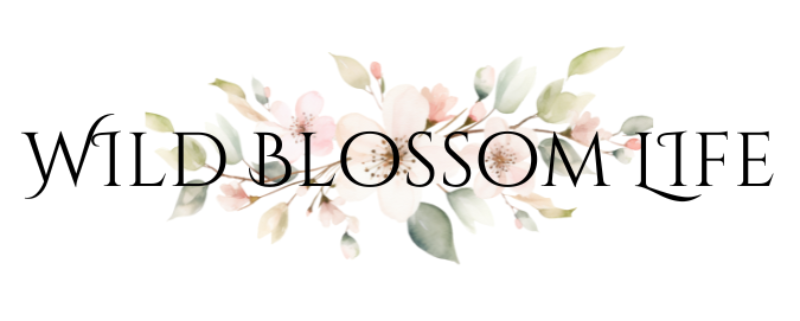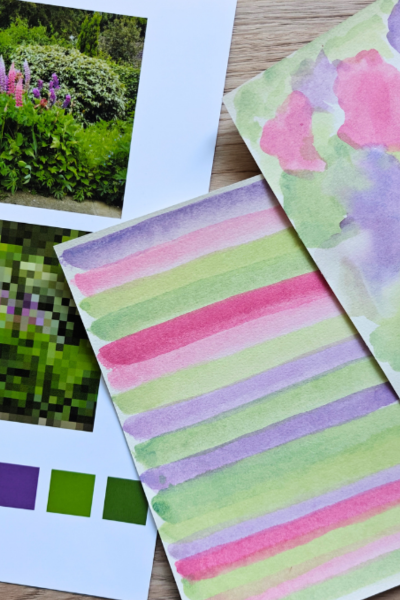A Sense of Place: Textile Artist Dorothy Caldwell

One of the reasons for the lack of big sewing projects at the moment is that I have a deadline looming.
2 years ago I decided to embark on a foundation course in textiles with the OCA.
This was possibly not one of the best ideas I’ve ever had. I’m already very busy, I’m not somebody who can manage on next to no sleep, and everything seems to take me an age!
However, I am very aware that my boys are growing up and it won’t be too long before they’re spreading their wings and starting to make their own way in the world. Having seen first hand the problems and limitations of the English school system, there is no way that I could go back to teaching in a mainstream traditional school with a clear conscience. I also felt that I was stuck in a bit of a rut. I wasn’t sure of who I was any more and I needed to shake things up.
When the pandemic hit, I was 10 months in and about half way through. I think we’ve got used to things a bit here, we’ve found new routines plus the end’s in sight now. But when it started there was so much uncertainty. Suddenly everyone was at home, getting food as a problem and we had no idea how things would turn out. I didn’t feel creative, I didn’t have anywhere to put anything because there were people everywhere, and although in some ways I had more time, in other ways I had less.
When I did eventually go back to what I had been working on, I couldn’t remember what I was doing or where I was going with it. I couldn’t leave the stuff out because there wasn’t anywhere to leave it. So I’d get it out, look at it, then put it all away again.
Then in January, I had a scary email reminding me that I only had until the end of April to finish everything! So I’ve had to get on with it.
I’ve finished the materials unit I was doing, and now I have almost done the sketchbooks unit.
The part of this that I’m currently working in in making a sketchbook inspired by a textile artist.
Textile Artist Dorothy Caldwell
The artist I chose was Dorothy Caldwell. She was born in America but has lived most of her life in Canada. Her work is inspired by a sense of place, and what gives somewhere a sense of place.
At first I didn’t choose her because I didn’t particularly like the colours that she uses and I confused a sense of place with a sense of belonging.
Having moved around quite a bit in early adulthood, and feeling that I don’t quite fit in means that I don’t have a real sense of belonging anywhere. Most of the time it doesn’t bother me. I know that if we were to pack up all our stuff and bundle the boys into the car and move to Germany, or the USA, or anywhere providing it had a temperate climate (my only requirement!), I would be fine. The other side to this is that a lot of the time I feel like the mothership dropped me off at the wrong planet, but there’s a flip side to everything!
A sense of place is different. In her work, Dorothy Caldwell takes inspiration from the early European map makers, who divided Canada up into squares. In some of those squares they would mark where an unusual plant had been found, or some other interesting feature in the landscape.
She takes the things that makes a place what it is, the colours, the landscape, sometimes the local textile traditions and makes it into a piece of abstract art.
One of the things she has done on her travels is to collect artefacts from the places she has visited. When she went to Australia, Dorothy Caldwell smeared earth onto pieces of thick paper to create a lasting reminder of the colours of the landscape, and bound these into a book.
I wanted to do something similar for my artist inspired sketchbook.
A Sense of Place in Norfolk

Although I don’t identify as a Norfolk, I do like it here. There are a lot of beautiful places in the world, and Norfolk is definitely one of them. Thinking about what gives it a sense of place is interesting. If I fell out of a helicopter, would I know that I was in Norfolk and how would I know?
If you’re reading this and you’ve never been to Norfolk, I can tell you it’s a special place. On the other side of King’s Lynn, there are rolling hills, but here in the Fens it is very flat. The sky feels huge. On a windy day you can see the clouds scudding along and we have beautiful sunsets. When the wind is blowing in the right direction, you can smell the sea, even though it’s 4 miles away.
Because it’s so flat, when the weather is fine you can see a long way. Most of the land around here is farmland. It was claimed from the sea during the Middle Ages and it’s very good for growing crops. All kinds of things are grown in the fields around here, from wheat to potatoes to daffodils!
There are some trees but not very many. The Sandringham Estate (where the Queen spends Christmas) is the other side of King’s Lynn and there is a large wood there. On this side though, there are less wooded areas and the trees are deciduous.
It’s an excellent place for spotting wildlife, especially birds, and rare plants have been found here.
It’s also more than this. It’s feeling the sky, feeling the freedom of being outside in the open and not feeling hemmed in by hills, mountains or buildings. It’s the feeling of the wind as it catches your scarf, your hair, the contents of your pockets as though it could even catch hold of your fears, doubts and insecurities and blow them far away.
These are not all easy things to represent, but having a little collection of Norfolk landscape-ness seems like a good place to start, and I’m guessing Dorothy Caldwell thought so too!

The collection contains some of the things I’ve found, like grasses and a feather.
Another thing I did was take little bits from the plants in the hedgerows, then pour hot water on them and soak a piece of calico in it. I had to be careful doing this because although I was fairly sure that one of the plants was cow parsley, there was a small chance it was hemlock. I’m not an expert plant spotter and I did not want I or my family to meet a Shakespearean tragic end!

I also took a tiny bit of soil from the edge of a field, and used this to colour watercolour paper and some more bits of calico.

Using beeswax (not local but I know several people here who keep bees) I painted lines to represent the marks on the fields and imprints left by tractor tyres.
I used mud from the field on this one.

And for this one I dyed the calico using nettles.

I’ve enjoyed this a lot, and there’s more I could do with this. I love the idea of exploring what makes somewhere what it is, and how that might be expressed.








2 Comments